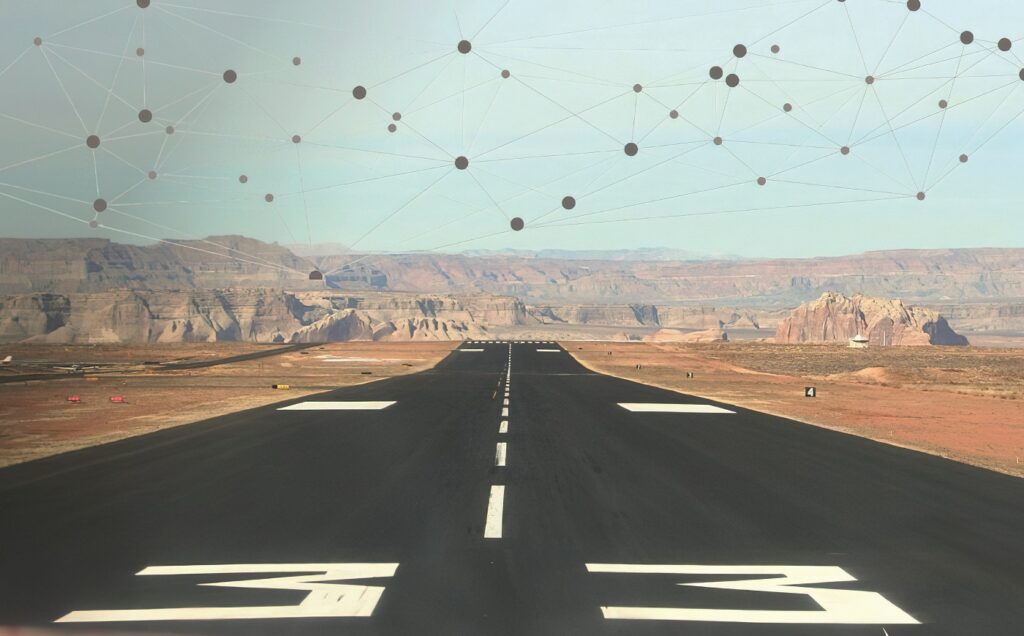Safer landings promised

Airborne vehicles
UAV Navigation has enhanced the internal algorithms of its autopilot during the landing phase to include differential braking control of the undercarriage for fixed-wing UAVs (writes Nick Flaherty).
The system ensures that the autopilot can autonomously keep the aircraft on the centreline of a runway during the braking manoeuvre.
The Vector-600 autopilot is able to control an aircraft on the ground, using brakes on the undercarriage wheels in order to allow a UAV to be steered safely, even at landing speed. This is a complex operation which, if poorly executed, could lead to the brakes becoming locked up and a subsequent loss of control. The algorithm takes platform ground speed into account at each stage, applying the correct amount of braking force to ensure a safe and controlled manoeuvre.
Runway landing manoeuvres for fixed-wing UAVs are critical and complex, and precise control is required to enable smooth transitions between the various stages – final approach, transition to level flight and speed reduction over the runway, the flare, initial contact with the runway and finally the braking manoeuvre – to bring them to a safe, controlled stop on the runway centreline.
Some flight control computer algorithms complete an autonomous operation when the UAV touches down. Differential braking however enables the flight control solution to execute a truly complete operation of an uncrewed aircraft in a safe and reliable way.
UPCOMING EVENTS























